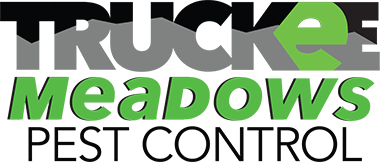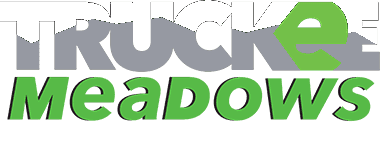Most people view yellow jackets as major pests, while some serious gardeners and commercial growers will welcome them. Yellow Jackets are beneficial in our environment at certain times because in early spring and summer they hunt insects such as caterpillars, aphids, moths, harmful flies and spiders. These insects are chewed and conditioned in preparation for larval consumption. The larvae secrete a sugary substance that is eaten by the adults.
Yellow Jackets are so efficient at hunting that as their colony is growing during the spring and early summer months, according to the publication of Mother Earth News in April/May 2003, their food demands become so great that they can consume 2 pounds of insects in a 2,000 square foot garden.
When yellow jacket populations have peaked in the late summer and early fall their feeding habits change, and they will start looking for flower nectar and other sources of sugar, which will be necessary nutrients for the next season’s queens. This appetite is so great during this time, we will find them persistently at our picnic tables feeding off the same foods we are wanting to eat and drink. Yellow Jackets in the fall will also enter beehives and rob honey if they have found that sweet opportunity. If the honey bee colony is weak they cannot protect their food stores and most likely the honey bee colony will not survive the winter.
Yellow Jackets newly fertilized queens are the only members of the colony that will overwinter. When the overwintered queen emerges in the spring she will locate a suitable nest site, which is most often in a soil cavity left behind by a mouse or vole. The queen may even nest in a hollow tree, attic, eave or under a porch if necessary. The queen will lay several eggs that will hatch and mature to adult workers. The workers will take on the task of nest expansion, foraging for food, defending the nest entrance and feeding the queen and larvae. During peak population of this parent colony it starts to produce reproductive cells that produce new queens and males. These will at some point in fall leave the parent nest for mating flights. Inseminated queens will fall to the ground and seek out a protected place such as a brush pile, hollow tree, house or shed to overwinter. The males after mating quickly die. The parent colony population rapidly declines during this time and the original queen and workers die as temperatures drop below 45-degree F.
Yellow Jackets, whether they be your friend or foe, is a stinging insect and can inflict a painful sting, not to mention a life-threatening sting to those who are allergic. Yellow Jackets will aggressively defend themselves and their nest if provoked. They will attack in full force and give chase for a great distance to defend their nest and they can and will sting multiple times.
Here at Truckee Meadows Pest Control, we have environmentally responsible solutions to manage and control these stinging insects without harming you, your family or the environment. Give us a call at (775) 535-5788 to take care of any or all your pest control needs.


